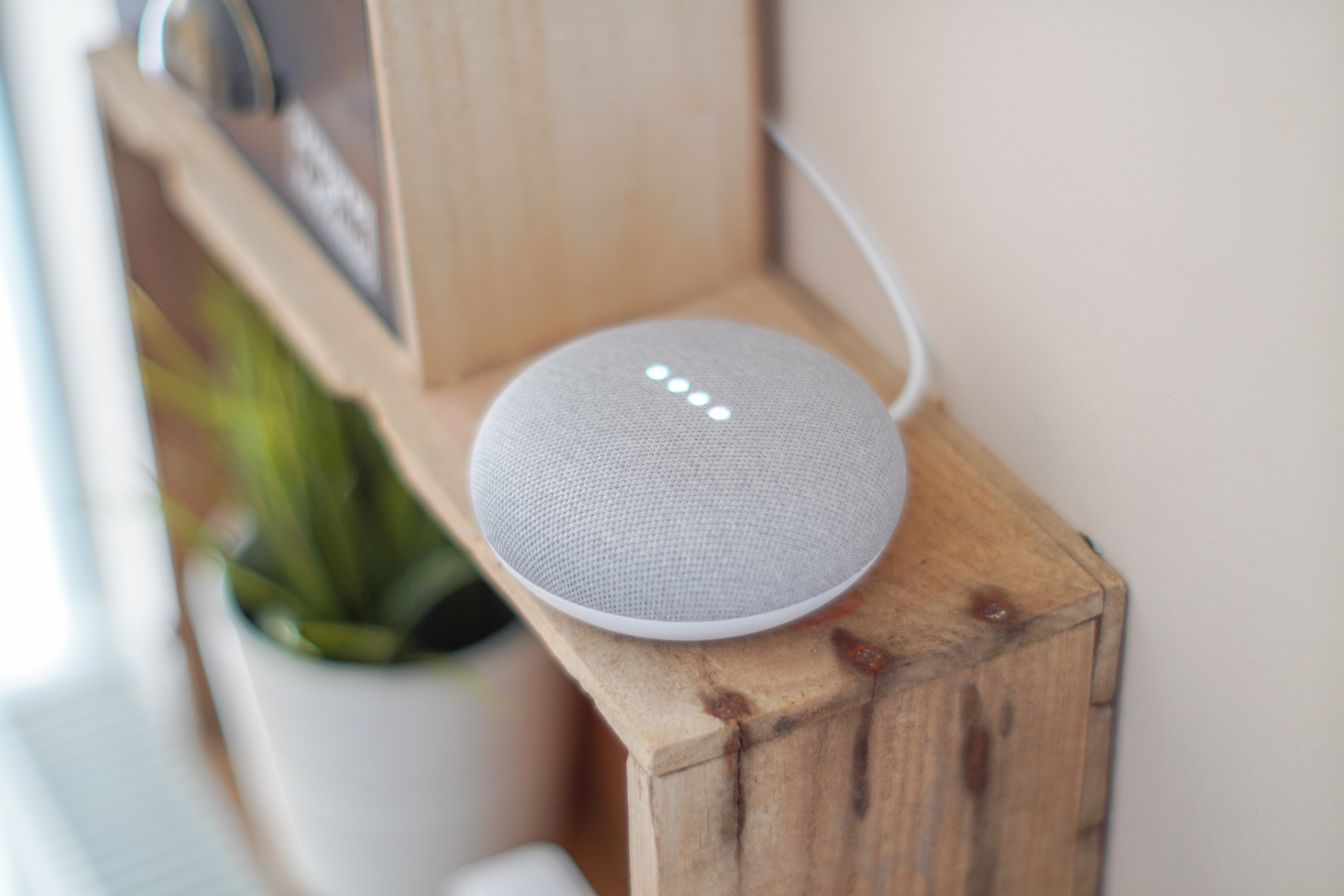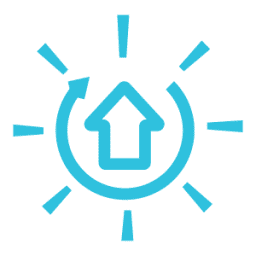My friend has all the best gadgets. When I walk into his house, it's like I am teleported 50 years into the future. The door magically unlocks and the lights follow me down the hallway like I'm in StarTrek. This is the wonder of a smart home.
Then I go back to my apartment. I pull out my keys in disgust. Am I some sort of caveman?
Just because I rent an apartment, doesn't mean that I should miss out on the comfort and convenience of smart devices. And so began my quest to turn my apartment into a smart home.
How do I make my apartment a smart apartment?
I knew that many smart home features would require installation that might damage walls or systems. For example, installing a Nest thermostat would be too much for an apartment. So, I started to look for wireless devices that would be easy to install (and uninstall) without damaging anything.
Picking Your Hub
At the center of the smart home is your hub. The most popular options are Google Home or Amazon's Alexa. Most wifi-enabled devices will work with either of these two hubs and often come with apps that allow you to control them from your phone.
Before you fall into one camp or the other, check the other devices you are considering purchasing and make sure that they are compatible.
For me, I opted for the Google Home. They purchased Nest, giving them a great suite of native products, they integrate well with almost everything, and I was an Andriod phone user, meaning I would have even more integration.
Upgrading Your WiFi Network
My internet speed was fast, but I had two issues.
- There were parts of my apartment, far from the router, where the internet connection was weak. Setting up a smart home requires a strong internet connection throughout.
- The neighbors' networks used channels that conflicted with my own network.
To fix both of these, I upgraded to a Google Mesh network. A mesh WiFi network uses several pods places around the house instead of a single router. The result is much better coverage.
Smart Lights
One of the best features of a smart home is the ability to turn on and off lights with your voice or an app. If you own a home or happen to be an electrician, the best way to get this control is to get a smart light switch.
I wasn't about to do that for my apartment.
Instead, I opted to get smart lightbulbs. Philips Hue is a great option because it is easy to set up and gives you more control than just turning lights on and off. Many Philips Hue light bulbs allow you to choose the color, which allows you to create all sorts of different moods around the house.
This can be more expensive, but the ability to change colors really is great for differnet times of the day, watching movies, or just showing off that you have a smart apartment.
Smart Sockets
Another way to approach having smart lights, especially if you use lamps, is to get smart sockets. Again, you can find options that you wire into your house's electricity, but... Apartments.
A better option for us renters is to find smart plugs. You plug the smart plug into the wall like you would any power strip, then plug the appliance you want to control with your voice into the smart plug.
TP-link makes plugs, power strips, and even out-door power options that work with Google Assistant.
Smart Security Systems
With all this expensive tech in my house, there is no way I am not going to secure it, so I started researching smart security systems for renters. There are many great options out there that met my requirements of:
- Allowing me to install the equipment
- Having wireless equipment
- Would work with my Google Assistant
Ultimately, the best option for me was to use SimpliSafe. I liked that all of their security devices were wireless and could be installed without the use of screws. Plus, since I owned the equipment, I could pack up and take it all with me when I move to my next place.
I ended up getting door/window sensors and a couple of cameras. Installing one of the cameras on my patio was a little tricky as the cameras communicate wirelessly to the base, but they still require a cable to be hooked up to a power supply.
I needed to speak with my landlord first, as there are rules about locks and a landlord's ability to access the property, but I also picked up a SimpliSafe door lock. The lock replaces the back half of the deadbolt, allowing for the existing key to still unlock the door, or for the use of the keypad or the app.
How To Automate Your Apartment
Now that I had plenty of smart devices around my apartment, I could start getting them to work together. Google Assistant has some great default options, like creating routines. When I say "Goodnight, Google" SimpliSafe arms itself, my lights turn off, and Google tells me what my schedule for tomorrow it.
Does it save me time? Not really. But is it awesome? Yes. I feel cool everytime I do it and I sleep easier knowing that I didn't forget to lock the door. But beyond that, the biggest peace of mind comes from being able to check and make sure the apartment is secure when I am away from home.
Another useful resource for home automation is IFTTT.com. This site is full of automation recipes that all your to set "If this, then that" rules. For example, when my phone comes within a one-mile radius of my apartment, turn on the lights. Now my home is lit up for me when I return without me needing to say a word.

